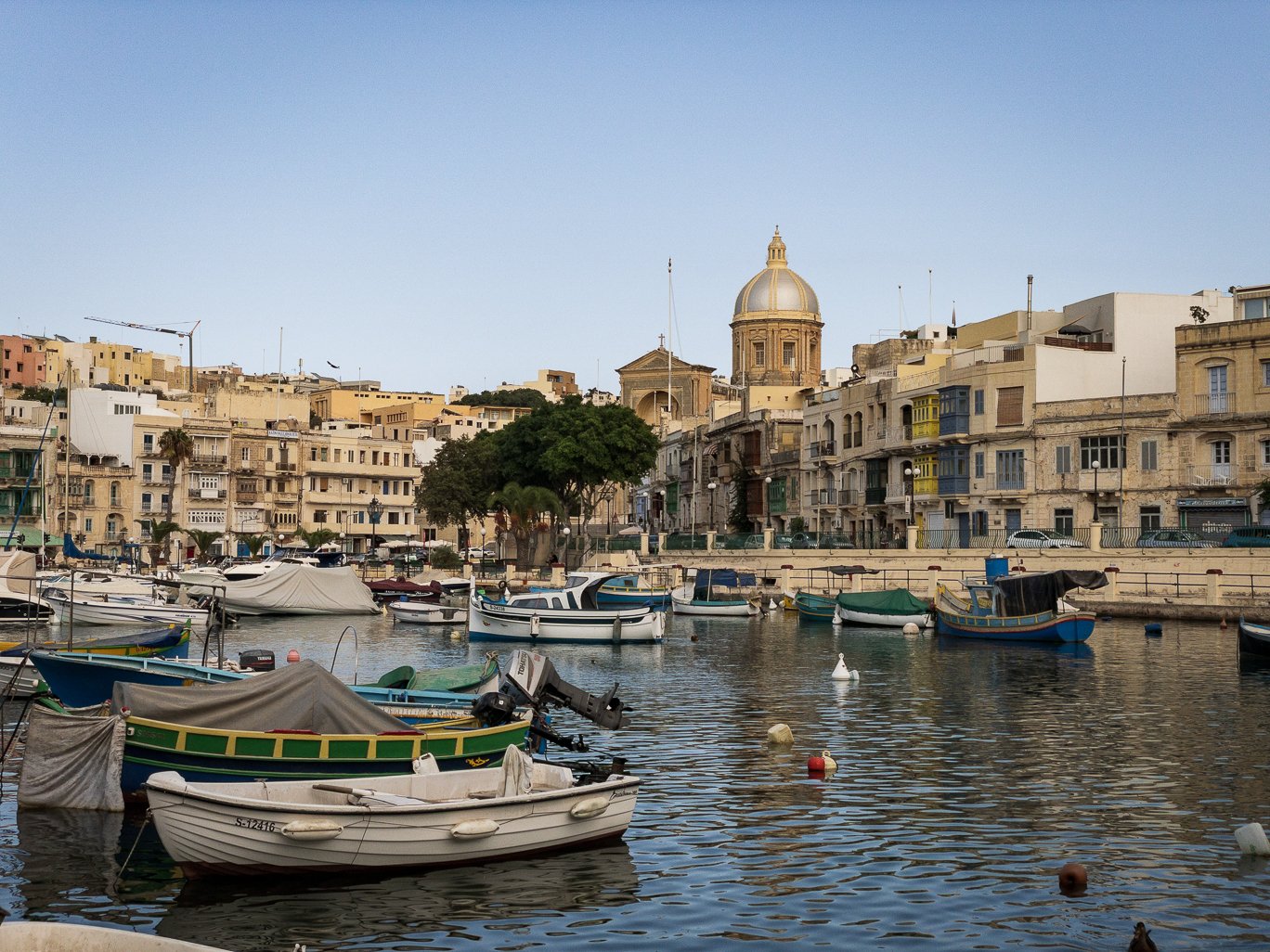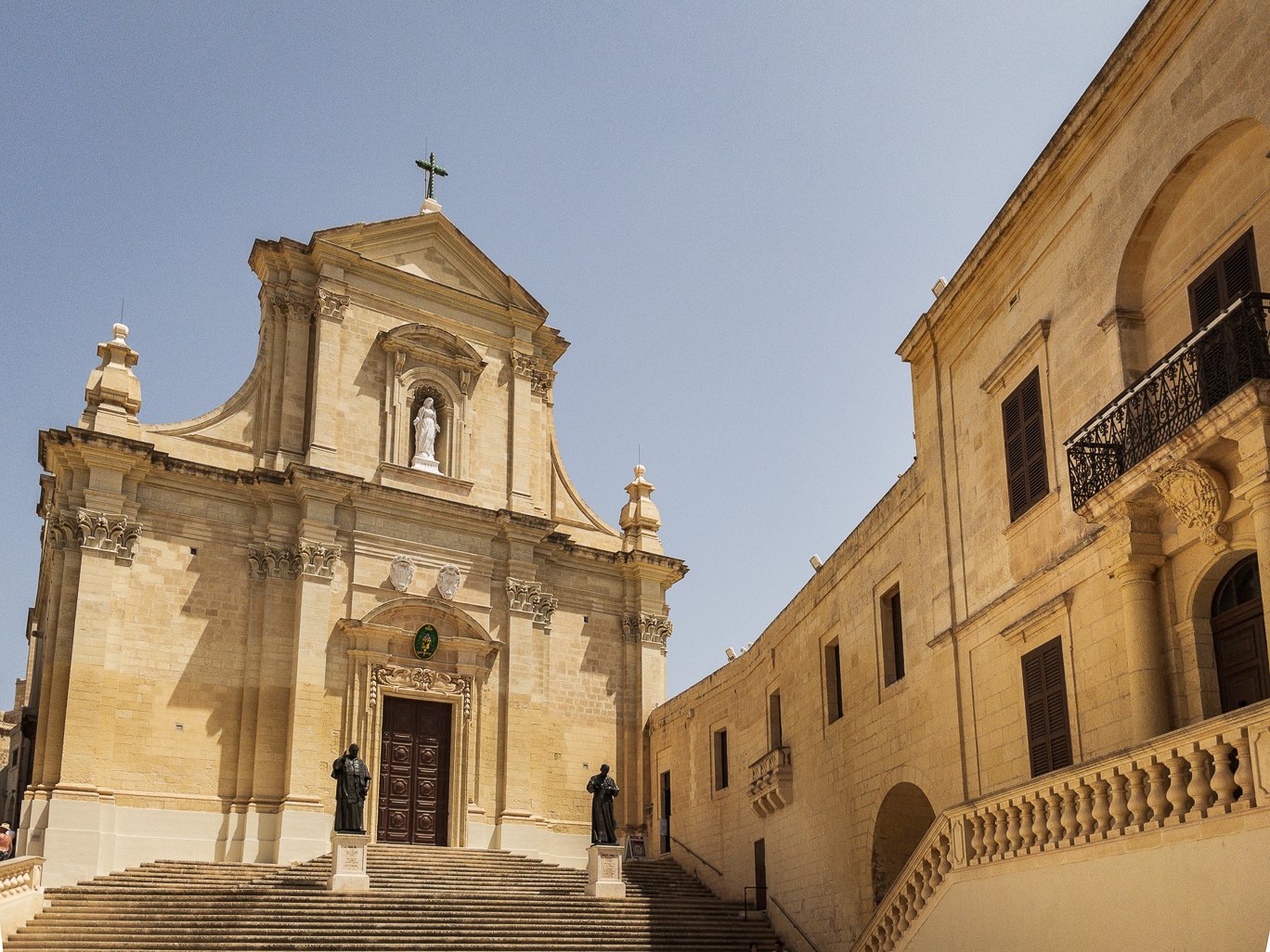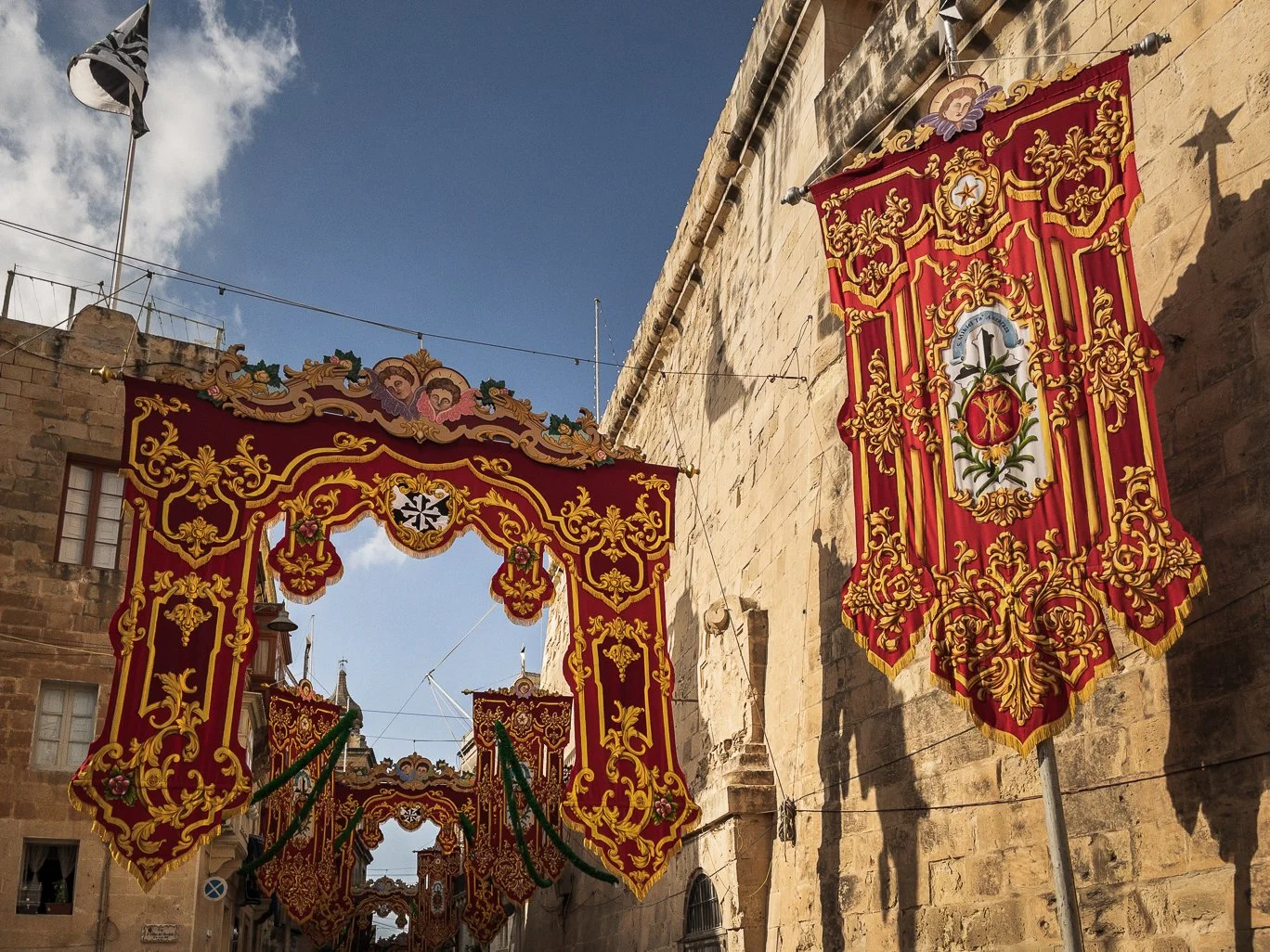
MALTA
COUNTRY #10
JOE

Joe’s Wisdom:
“Don't say ‘I have enough time’ or ‘Maybe some other time’ Because it could be TOO LATE”
“Tgħidx ‘Għandi biż-żejjed ħin’ jew ‘Forsi darb'oħra’ Għaliex jista’ jkun TARD WISQ” (Maltese)

About Maltese Knights
Malta has a long and storied history with knights. For centuries, Malta was the home of the Order of St. John, also known as the Knights Hospitaller. The knights were a religious order that was founded during the Crusades to provide care for sick and injured pilgrims. In 1530, the Knights Hospitaller were given control of Malta and they used the island as a base for their operations. The knights were forced to leave Malta in 1798 when Napoleon Bonaparte invaded the island, however they would eventually return in 1814 and continue to hold Malta until it was annexed by Britain. Although the Order of St. John is no longer based in Malta, the country still has a strong association with knights and chivalry. Today, a number of Maltese traditions live on. The daily firing of the cannon is a popular tradition which dates back to the 16th century. The practice began when the Order of St. John built a series of fortifications on the island to defend against the Ottoman Turks. To signal the arrival of enemy ships, the knights would fire their cannons to warn the people of Malta. Over time, this practice evolved into a ceremonial event that is still carried out today. Every day at noon and 4pm, a cannon is fired from Fort Saint Elmo, one of the oldest fortifications in Malta. Medieval reenactment is also popular in Malta, with many enthusiasts taking part in annual knightly tournaments and jousting competitions.

About Malta
Malta is an archipelago in the central Mediterranean Sea lying between Sicily and the North African coast. Malta's history is a colorful tapestry of Maltese, European, Arab and African influences. The strategic location of the Maltese Islands has given rise to a long and eventful history. Due to its natural harbor and position at the center of the Mediterranean Sea, Malta has been a crossroads of maritime traffic and commerce for millennia. The Maltese Islands have been inhabited since the Neolithic period, with the first settlers arriving from Sicily around 5200 BC. The Phoenicians occupied Malta from around 750 BC and established a flourishing commercial center at Mdina. The Carthaginians later took control of Malta during the Second Punic War, but were ousted by the Romans in 59 BC. Malta was an important base for Rome's operations in the western Mediterranean and it flourished economically under Roman rule. Following the division of the Roman Empire, Malta came under Byzantine rule. In 870 AD, Muslim Arabs invaded Sicily and sacked Syracuse. They subsequently crossed over to Malta and occupied the islands until 1091 when they were defeated by Norman forces. Under Norman rule, Malta flourished economically once again and became an important base for crusader ships en route to Palestine. The Maltese Islands were ruled by a succession of European powers including Spain (1530-1798), France (1798-1800) and Britain (1800-1964) until Malta gained its independence from Britain and became a republic in 1974. It joined the European Union in 2004 and adopted the Euro as its national currency in 2008.

TRAVELOGUE
Chapter 10: Malta
Meet Joe, the Maltese historian working to preserve the traditions of a medieval island nation.

